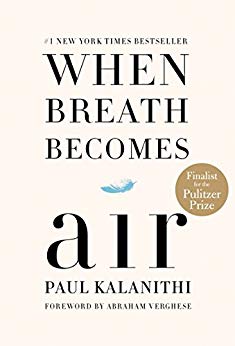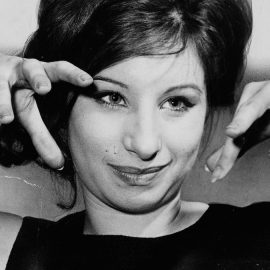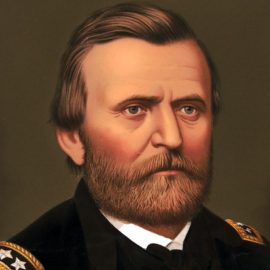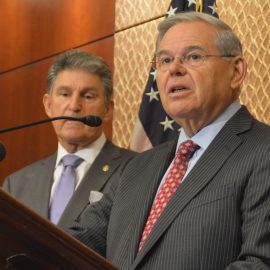

This article is an excerpt from the Shortform summary of "When Breath Becomes Air" by Dr. Paul Kalanithi. Shortform has the world's best summaries of books you should be reading.
Like this article? Sign up for a free trial here .
What can your mentors teach you? Can those lessons apply to greater questions of life, death, and the mysteries of the universe? Paul Kalanithi believed so, and relied on educators like Shep Nuland to help him form his core values.
Shep Nuland was an influential mentor for Paul Kalanithi. Shep Nuland was an American surgeon, educator, and writer who worked with Paul Kalanithi while Kalanithi studied at Yale Medical School. Shep Nuland helped guide Paul in his education and form his philosophy about treating patients and life and death.
Shortform note: This article and our full When Breath Becomes Air summary is written in a way that allows you to share in the experience provided by the memoir.
Simply reading about the content of the story seems insufficient in expressing the emotional journey. To really provide you with the sensation this book creates, we wrote in the first person, using a voice similar to his. We highly recommend reading the original book for the full experience. Reading the words coming directly from him is a powerful experience we can’t replace.
Lessons on Life’s Value and A Doctor’s Purpose
Shortform note: Shep Nuland was an American surgeon and writer who worked with Paul Kalanithi while Paul studied at Yale Medical School. Shep Nuland was known for his own philosophies on life and death, and how a doctor can help a patient, even in death. You can see how Shep Nuland’s philosophies begin to make Paul question his own methods in this section.
There’s no way to truly capture the essence of what dissecting your first cadaver is like. Every medical student must traverse through this choppy terrain between life and science. In front of you lies a human that once housed a mind, meaning, breath, and dreams. Yet, at the same time, you see a mere specimen that you will carve up over a period of months to further your educational agenda. The pendulum swings between disgust and misconduct and inspiration and excitement. Eventually, the humanity is drained from you until all that is left is the cold, hard, pitiless face of knowledge and proficiency.
For me, anchored in a pursuit of morality and meaning, this dichotomy was difficult. I found I would often inflate the morose details of anatomy work to friends so I could feign emotion, despite the antithetical reality of how I felt in class.
Still, at times, I couldn’t help but remember that this mass of muscles, cells, and organs had once been a life, even if that remembering was only an admission of disregard. All doctors must draw this line between life and science. The invasion of the body and individuality, the things that are sacred to humans, is what practicing medicine is all about. Thus, the body becomes a mere tool and human suffering the mode of operation. Anatomy class was the vessel that changed us from empathic souls to hardened professionals.
Then, one day, I sliced into my donor, as we were instructed to call them, opening the chest in a way not instructed so I could more easily access other organs. The proctor was beside himself, not because I had performed the procedure incorrectly, but because I had done it without batting an eye. The horror and sorrow in his expression was the most significant lesson I’d learned thus far in my medical training.
Lessons on Death and a Doctor’s Role
Shortform note: Shep Nuland’s role as an educator and mentor in Paul Kalanithi’s life meant that Paul’s values were shaped by Shep Nuland’s. Paul Kalanithi argues that it is during his educational training that he really developed his core beliefs about his role as a doctor, and how doctors can serve as gatekeepers between life and death. In this section, you’ll see how he credits some of this perspective to Shep Nuland and his teachings.
In those first two years of med school, I saw how simple it was to view the work as merely that—work. But with the help of my girlfriend, Lucy, I came to see that every aspect of science correlated with an aspect of life. A wavy line on an EKG wasn’t just a heartbeat, it was life coursing through a body.
My comprehension of life, death, and meaning was sharpening. I recognized that the human relationality I’d pondered so often during my previous studies was exemplified in the relationship between doctor and patient.
With the help of Shep Nuland, an esteemed surgeon-philosopher who studied mortality and lectured at Yale, I came to realize that death was not a mystery, but a fact of life. During all of the time researching literature and the history of medicine to get at the truth of death, I had never come to understand it completely. But Nuland taught me that death can only be understood as an existential certainty and by coming toe-to-toe with it.
Death was a personal loss of life, but it was also the rudimentary natural ending of a living organism. Being a doctor, then, was serving as the gatekeeper, shepherding a life to either live another day or succumb to this universal fate. The responsibility of that role felt immense and heroic.
Shortform note: Paul Kalanithi’s years in medical school were of incredible importance to him. Because of his less traditional route to medical school, Paul Kalanithi valued communication and language, and sought to find purpose in everything he did. With the help of mentors like Shep Nuland, Kalanithi’s philosophies became a part of who he was as a doctor, and helped him live a full life even after his cancer diagnosis.

———End of Preview———
Like what you just read? Read the rest of the world's best summary of Dr. Paul Kalanithi's "When Breath Becomes Air" at Shortform .
Here's what you'll find in our full When Breath Becomes Air summary :
- How Paul Kalanithi discovered he had cancer
- How Paul coped with his cancer until his very end
- How Paul's wife dealt with his death and found the strength to continue






